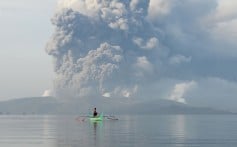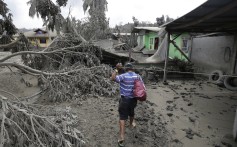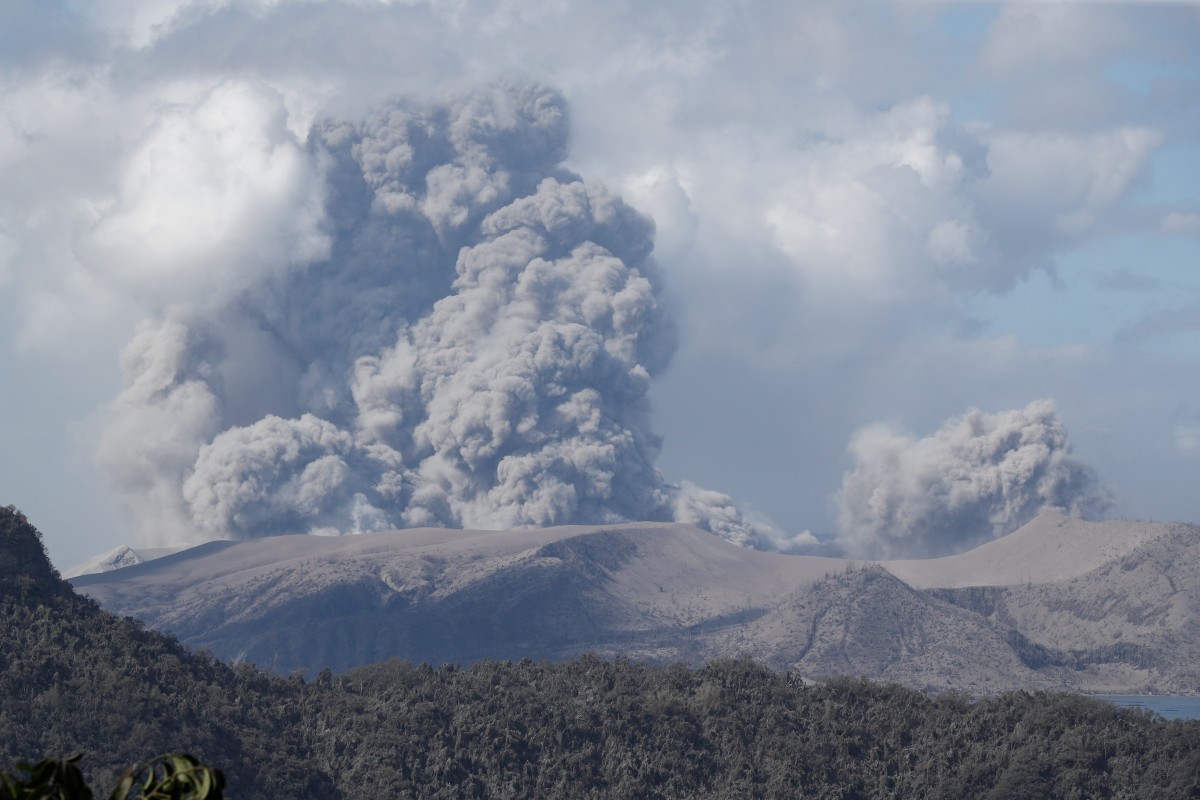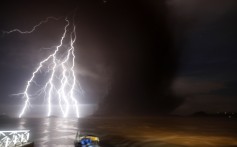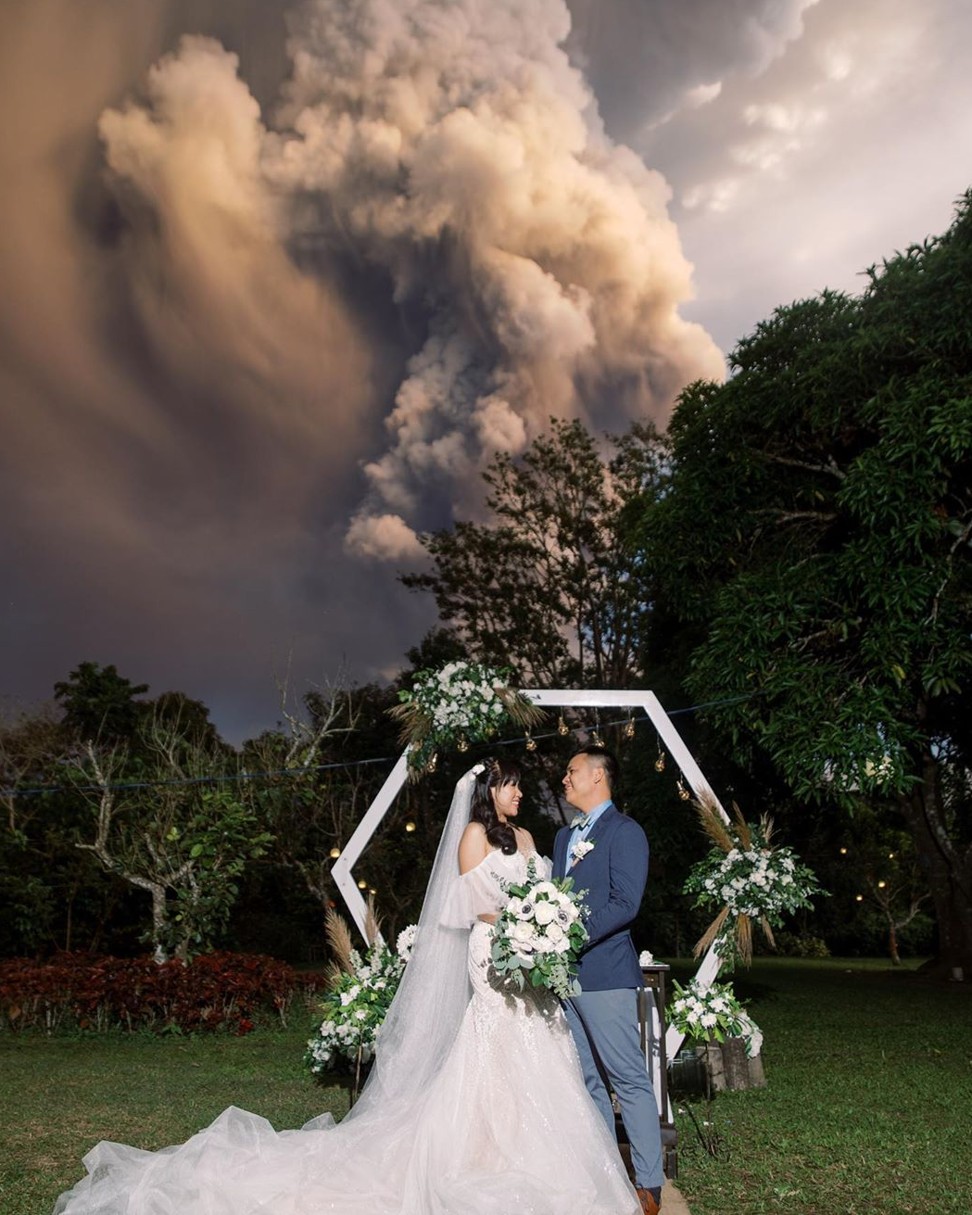Kat Tenbarge Jan 12, 2020

The most active volcano in Mexico, Popocatépetl, erupted on Thursday and spewed ash nearly 20,000 feet in the air. Screenshot YouTube/webcamsdemexico
The most active volcano in Mexico erupted on Thursday in a stunning visual display of fiery lava and drifting ash that rose nearly 20,000 feet in the air.
NPR reports that the stratovolcano, Popocatépetl, is a little over 40 miles southeast of Mexico City. No one was injured by the blast, but Mexico's National Center for Disaster Prevention (CENAPRED) warned people to stay away from the site of the eruption.
The explosion was captured by CENAPRED in a recording that shows both the lava erupting from the mouth of the volcano and the ash clouds afterward.
At 17,700 feet, Popocatépetl is North America's second-highest volcano and is monitored 24 hours a day by more than 20 specialized devices. It also erupted twice in July.
Mexico's most active volcano, Popocatépetl, erupted again on Thursday, sending an ash plume nearly 20,000 feet in the air. The fiery lava explosion was also caught on camera by Mexico's National Center for Disaster Prevention (CENAPRED), and the 43-second clip shows off the dramatic natural phenomenon.
NPR reports that no one was injured by the blast from the stratovolcano, which occurred a little over 40 miles southeast of Mexico City. But CENAPRED set the warning level at "yellow phase 2," meaning there's no imminent danger but people should stay away from the volcano and its crater.
The ash plume could be spotted from miles away, including in nearby cities and towns, like Puebla, Mexico. The towering column of ash and smoke was photographed drifting above the city.

The Popocatepetl Volcano spews ash and smoke as seen from Puebla, central Mexico, on January 9, 2020. Photo by Carlos SANCHEZ/AFP
The National Oceanic and Atmospheric Administration also captured the volcano and its staggering ash plume with satellites that detected sulfur dioxide and isolated the cloud on video for a stunning visual.
—NOAA Satellites (@NOAASatellites) January 9, 2020
Popocatépetl also erupted twice in July 2019. At 17,700 feet, it is North America's second-highest volcano, and is monitored 24 hours a day by more than 20 specialized devices.
The National Oceanic and Atmospheric Administration also captured the volcano and its staggering ash plume with satellites that detected sulfur dioxide and isolated the cloud on video for a stunning visual.
—NOAA Satellites (@NOAASatellites) January 9, 2020
Popocatépetl also erupted twice in July 2019. At 17,700 feet, it is North America's second-highest volcano, and is monitored 24 hours a day by more than 20 specialized devices.
Read more:
A group of YouTubers staged a jaw-dropping blue-foam volcano in their backyard that spilled over their balcony and towered above their house
The dinosaurs may have already been suffering from mercury poisoning before a killer asteroid cemented their demise
New Zealand suspends search for remaining two bodies believed to be on the island where a surprise volcano eruption killed 19
I visited New Zealand's White Island volcano before its deadly eruption — here's what it was like





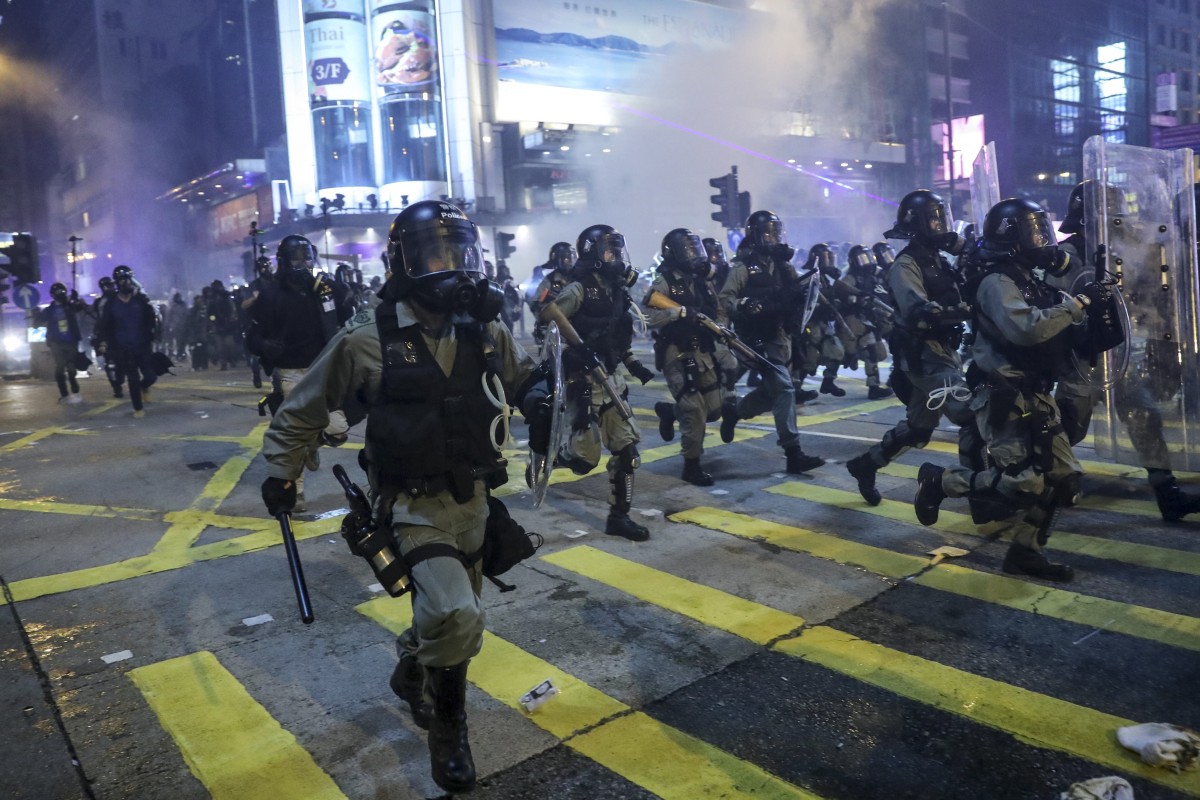
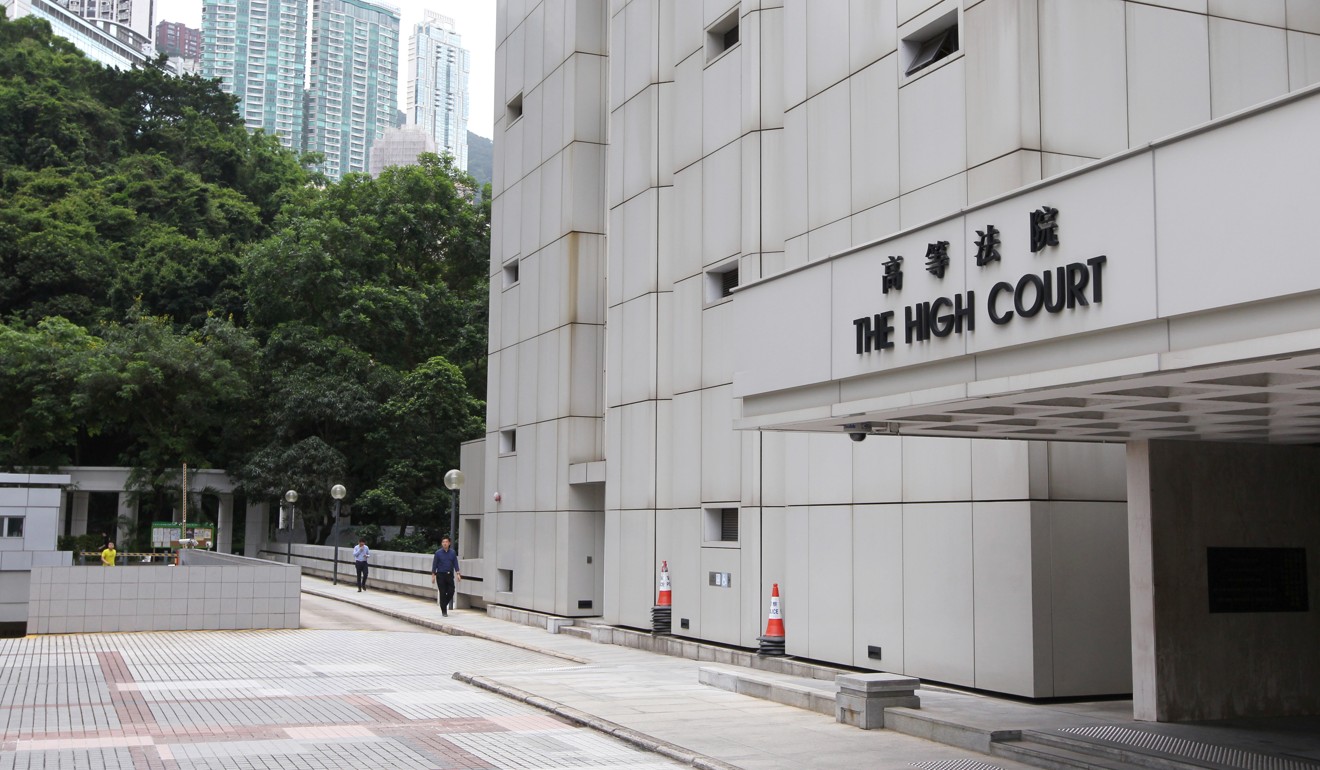
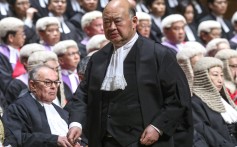
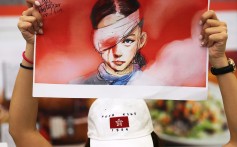


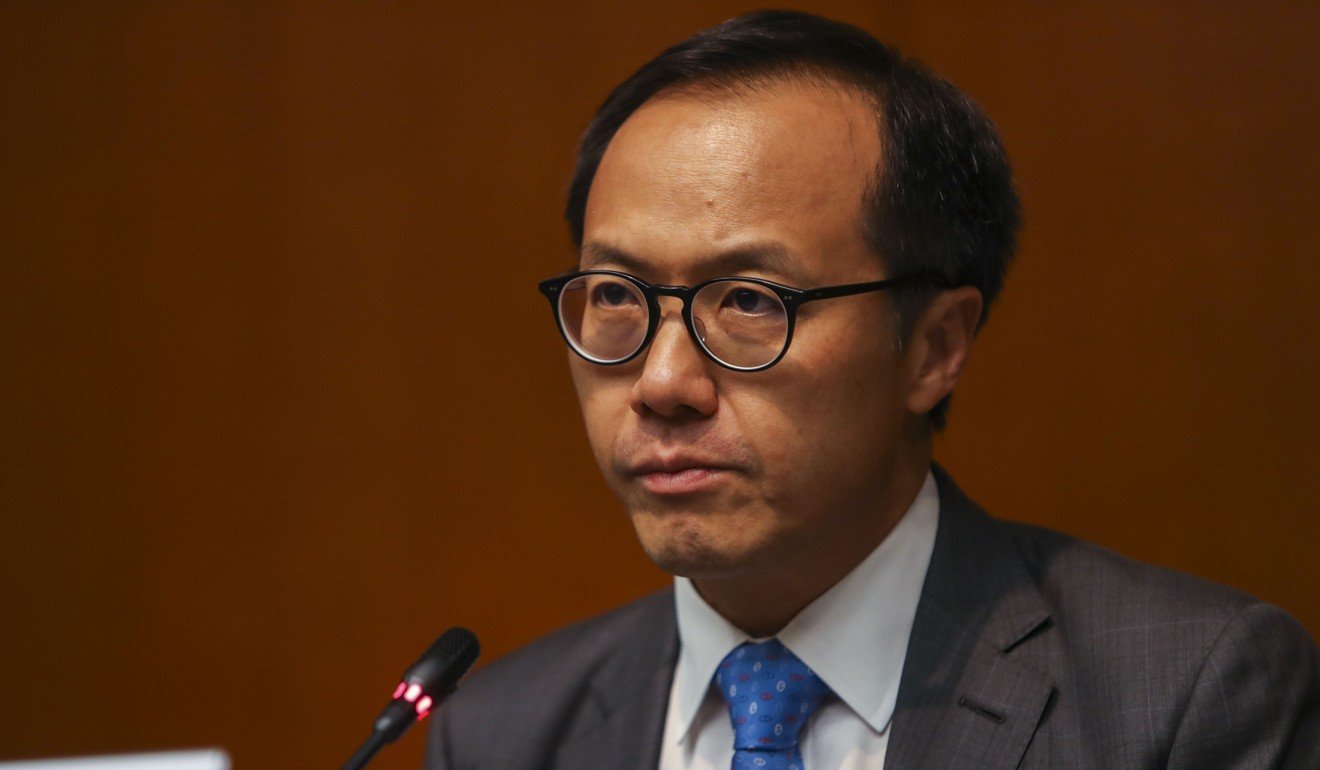

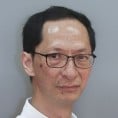
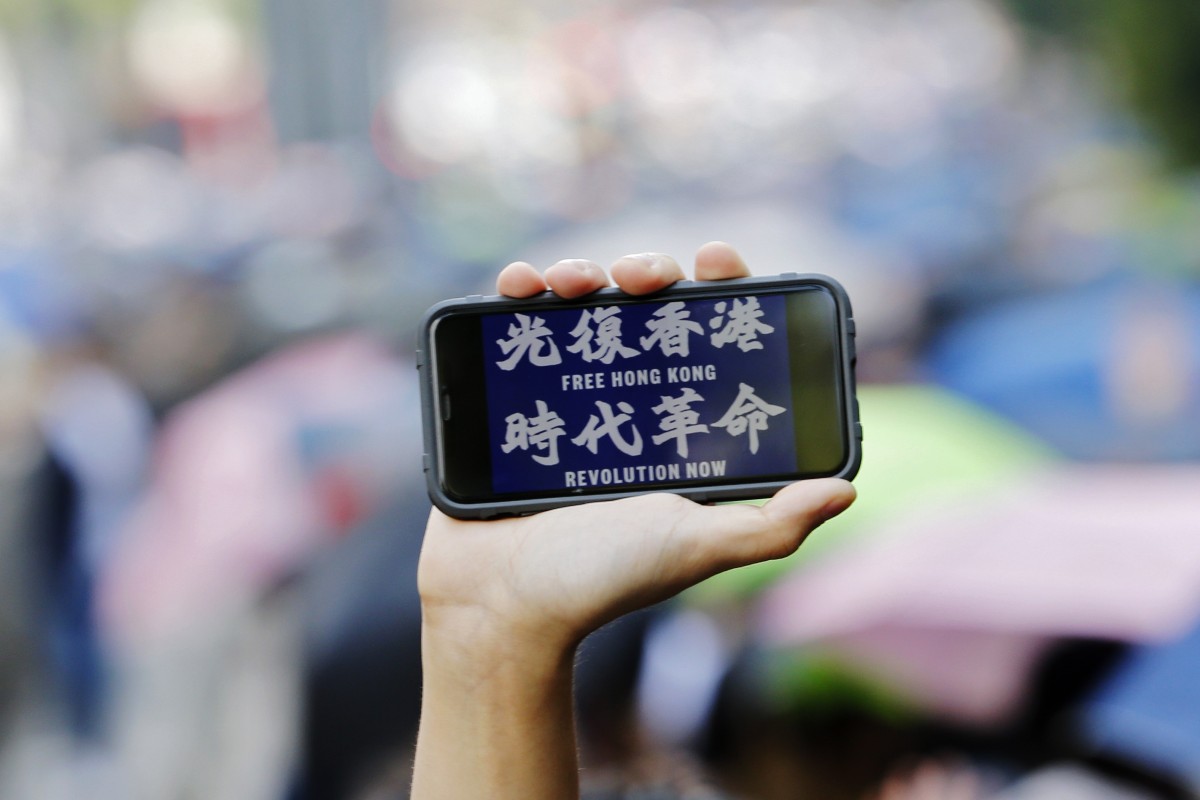









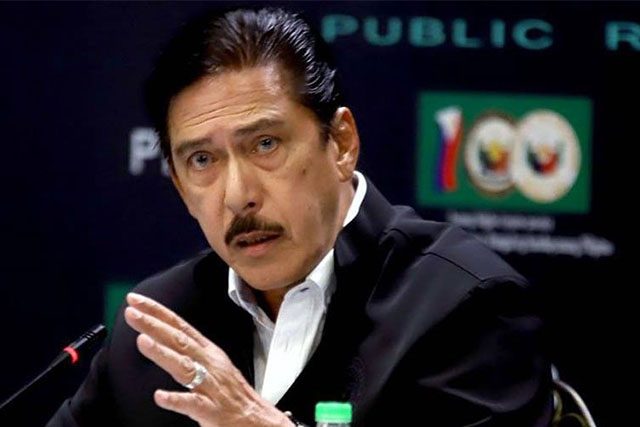

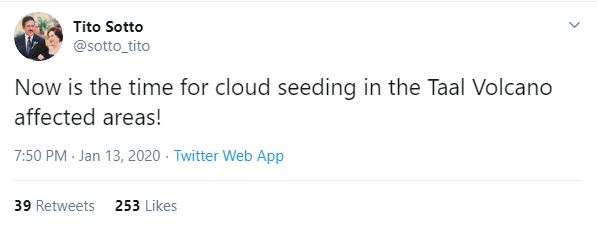 Sen. Tito Sotto III tweeting about cloud seeding in areas areas affected by the ashfall of Taal Volcano. (Screenshot by Interaksyon)
Sen. Tito Sotto III tweeting about cloud seeding in areas areas affected by the ashfall of Taal Volcano. (Screenshot by Interaksyon)

